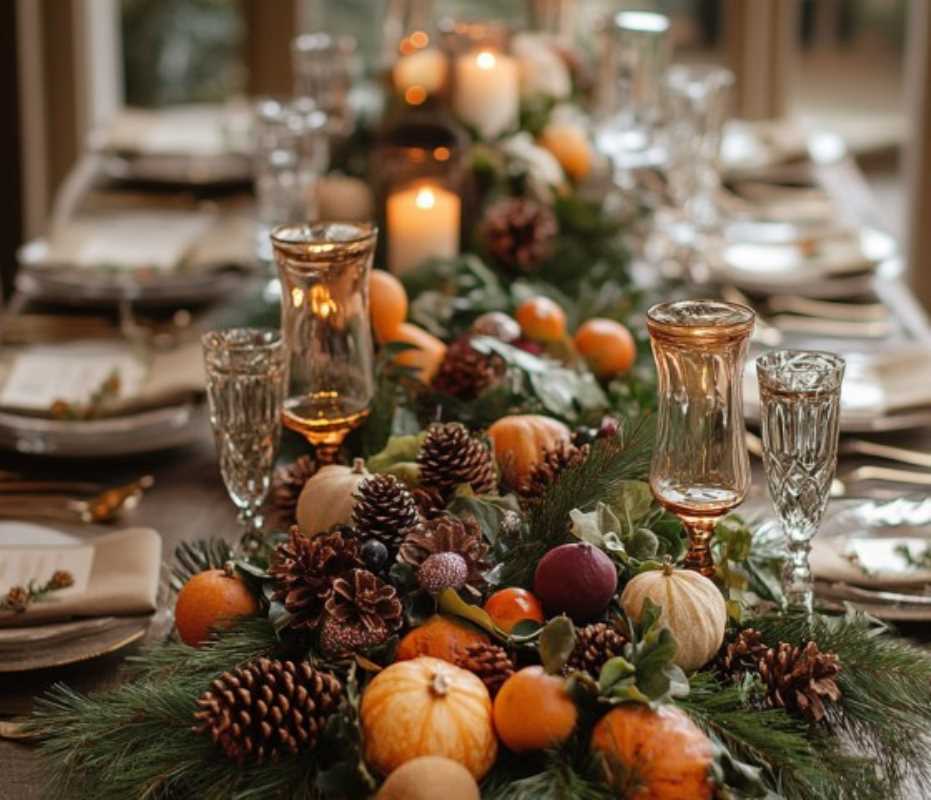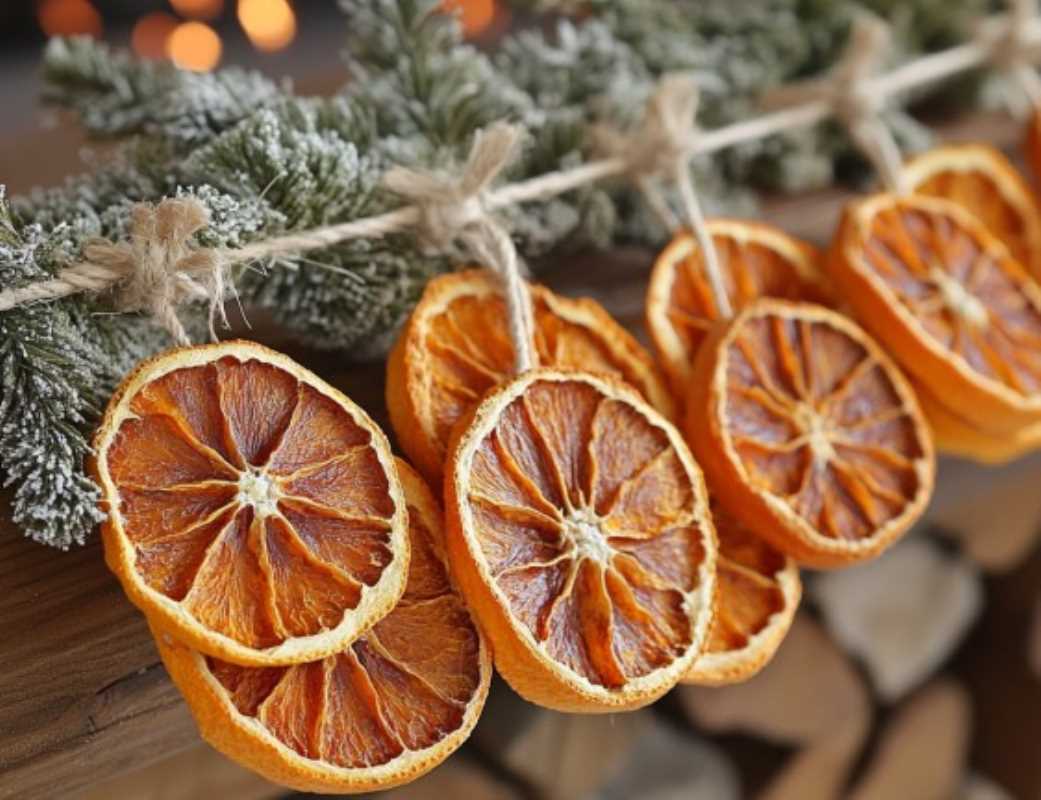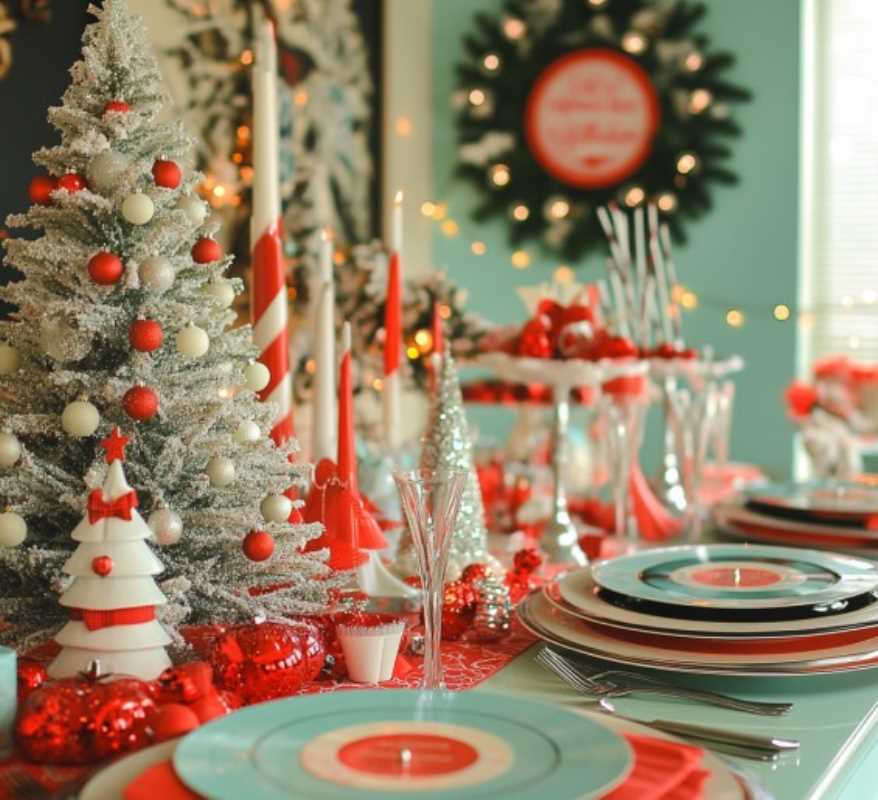Cooking isn't just about taste—it's also about presentation. The colors of your dishes can set the mood for your dining experience and make each meal feel like a work of art. Just as the seasons influence fashion, décor, and mood, they also inspire unique culinary color palettes. By incorporating seasonal hues into your home cooking, you can create visually stunning dishes that celebrate nature's bounty. Here’s how to bring seasonal color palettes into your culinary creations, with tips on ingredients, plating, and more.
Autumn’s Earthy Tones
Autumn is all about warmth. The season offers a rich palette of earthy tones like deep oranges, golden yellows, browns, and dark greens, inspired by falling leaves and seasonal harvests. These colors evoke comfort and nostalgia—perfect for hearty gatherings.
Ingredients to Highlight:
- Butternut squash, pumpkins, and sweet potatoes for their warm orange tones.
- Golden beets and carrots for pops of yellow.
- Kale, Brussels sprouts, and Swiss chard for vibrant greens.
- Cranberries or pomegranates to add accents of deep red.
Popular Autumn Dishes:
- Roasted root vegetable medley with thyme.
- Pumpkin ravioli with sage butter sauce.
- Butternut squash soup with a swirl of cream for contrast.
Plating Tips:
Serve your dishes in neutral or rustic-colored bowls (think beige or terracotta). Use garnishes like toasted nuts or fresh herbs for a burst of texture and color.
Mood Impact:
Autumn’s palette of rich, grounding tones enhances a sense of warmth and coziness, perfect for intimate dinners on cool evenings.
Winter’s Cool and Jewel-Like Hues
Winter lends itself to crisp whites, frosty blues, and jewel tones like emerald green and ruby red. These colors reflect the stillness and beauty of snowy landscapes while adding opulence to your plate.
Ingredients to Highlight:
- Cauliflower, parsnips, and endive for icy whites.
- Dark leafy greens like spinach and kale for depth.
- Red wine reductions or cranberry sauces for ruby accents.
- Blueberries or blackberries for deep, cool tones.
Popular Winter Dishes:
- Creamy potato leek soup topped with chives.
- Braised short ribs with a red wine glaze.
- A vibrant salad of spinach, pomegranate seeds, and goat cheese.
Plating Tips:
Use sleek, simple white or silver-toned plates to highlight the clean, cold tone of winter dishes. A touch of edible glitter or sugared fruit can add a frosty, festive look to desserts.
Mood Impact:
Cool and jewel-like colors create a sophisticated yet serene dining experience, ideal for cozy winter celebrations.
Spring’s Fresh Pastels
When spring arrives, so does a sense of renewal. Delicate pastels and soft greens dominate this season’s palette, inspired by blooming flowers and fresh produce. These colors add a refreshing brightness to your kitchen.
Ingredients to Highlight:
- Asparagus, peas, and zucchini for soft greens.
- Radishes, pink grapefruit, and rhubarb for blush tones.
- Lavender and edible flowers like pansies for whimsical accents.
- Fresh herbs like dill, parsley, and basil for vibrant garnishes.
Popular Spring Dishes:
- Zesty pea and mint risotto.
- Grapefruit and fennel salad with a light vinaigrette.
- Lemon lavender cupcakes for a delicate dessert.
Plating Tips:
Choose light or pastel-colored plates to enhance the spring theme. Garnish generously with fresh herbs or edible flowers to create an inviting, garden-like effect.
Mood Impact:
Spring palettes bring a sense of lightness and rejuvenation, making meals feel uplifting and full of life.
Summer’s Bold Vibrance
Summer is a feast of bold, vibrant hues, from sunny yellows to bright reds and deep blues. These vivid colors capture the energy of the season and make every dish feel like a celebration.
Ingredients to Highlight:
- Tomatoes, bell peppers, and watermelon for rich reds.
- Corn, peaches, and mangoes for sunny yellows and oranges.
- Blueberries and blackberries for deep blues.
- Fresh herbs and leafy greens to tie it all together.
Popular Summer Dishes:
- Grilled vegetable skewers with a medley of rainbow peppers.
- Watermelon and feta salad with mint.
- Mango salsa served over fresh fish or chicken.
Plating Tips:
Experiment with patterns—ceramic plates with bold designs or natural wood platters can elevate summer dishes. Create height on your plate by stacking or layering ingredients, adding dimension to your presentation.
Mood Impact:
Bright, summery tones invigorate and energize, making them perfect for casual backyard barbecues or festive celebrations.
Why Color Matters in Cooking
Color doesn’t just affect how a dish looks—it also impacts how it’s perceived. Studies have shown that vibrant colors can stimulate appetite, while dull tones may suppress it. A well-balanced color palette on a plate can make a dish seem fresher, healthier, and more appetizing.
Additionally, layering multiple colors creates visual interest and reflects the effort and thought put into the meal. For instance, a dish with greens, reds, and yellows immediately feels more dynamic and balanced than one dominated by a single tone.
Tips for Creating Stunning Colorful Dishes All Year
- Shop Seasonally: Choosing seasonal produce ensures your dishes are naturally vibrant and fresh.
- Contrast Colors: Think about complementary colors for plating—greens pair beautifully with reds, while yellows pop against purples.
- Mind Your Garnishes: A sprinkle of fresh herbs or edible flowers can elevate even the simplest dish.
- Layer Textures: Combine smooth sauces with crunchy toppings or creamy elements for added depth.
Seasonal color palettes offer a creative way to bring the beauty of nature into your home kitchen. By aligning your ingredients and plating with the changing seasons, you can create meals that not only delight the taste buds but also tell a visual story. Whether it’s autumn’s cozy warmth, winter’s cool elegance, spring’s fresh pastels, or summer’s vibrant energy, there’s no limit to the culinary art you can achieve with the power of color.
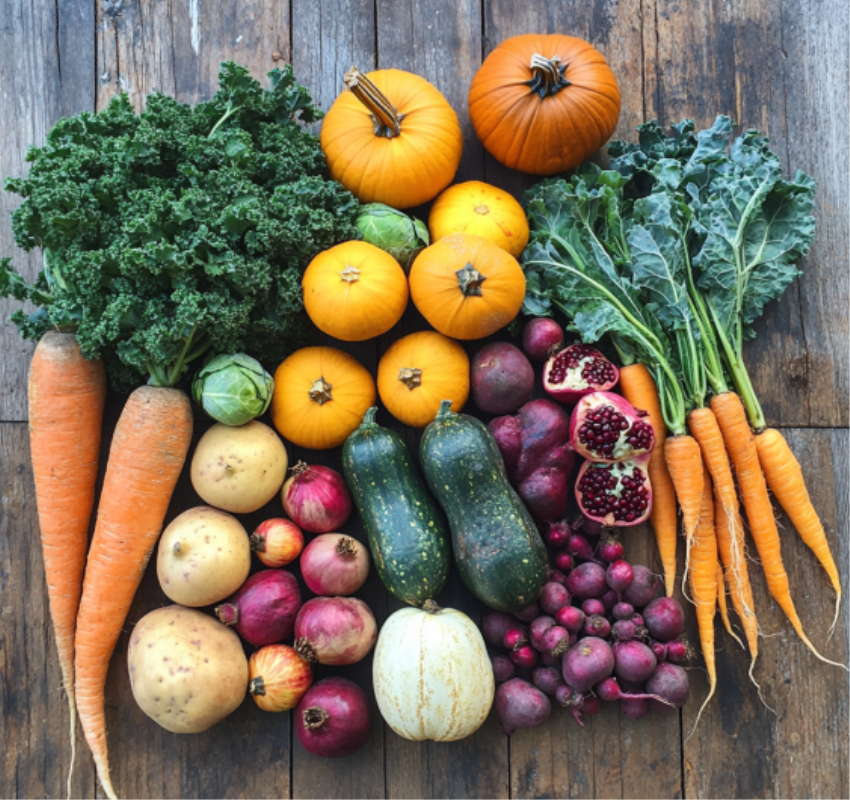 (Image source: Midjourney)
(Image source: Midjourney) 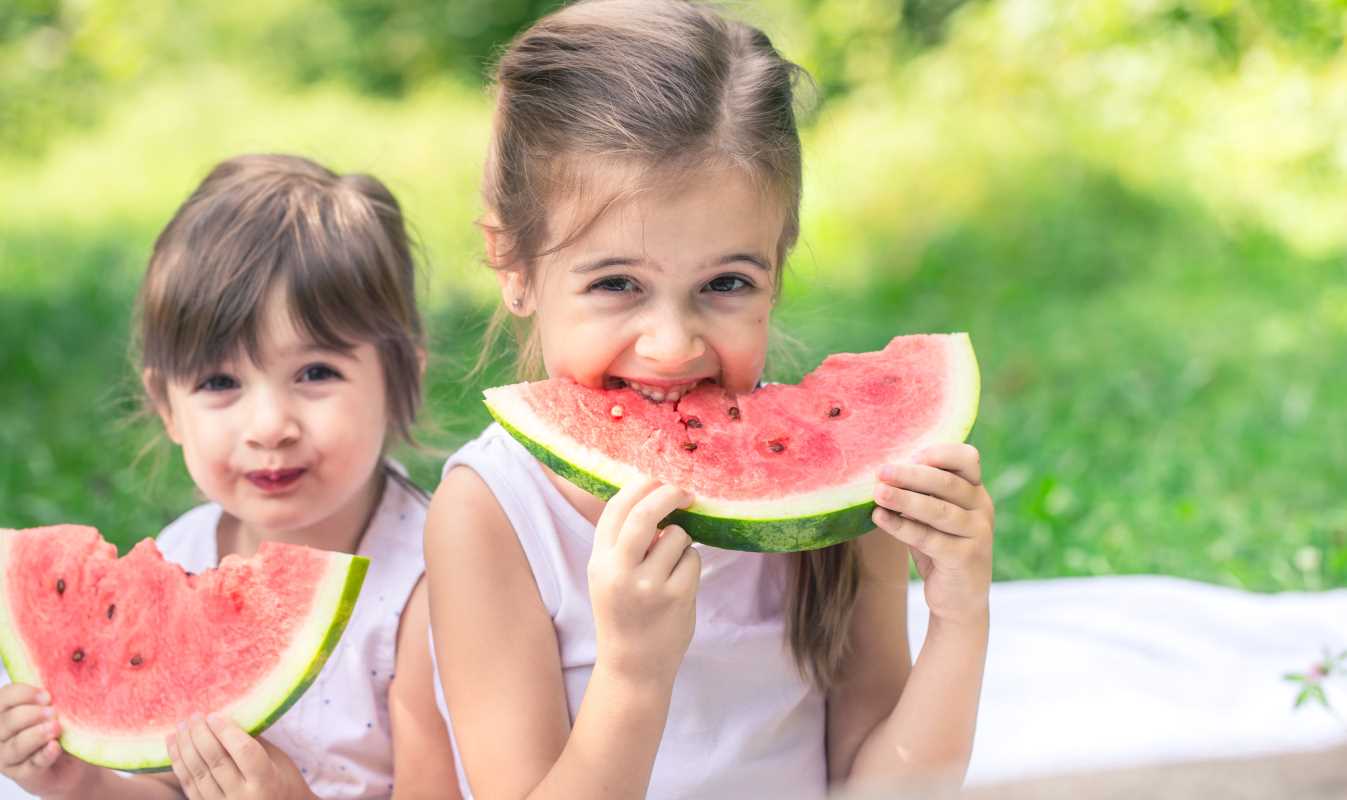


.jpg)
